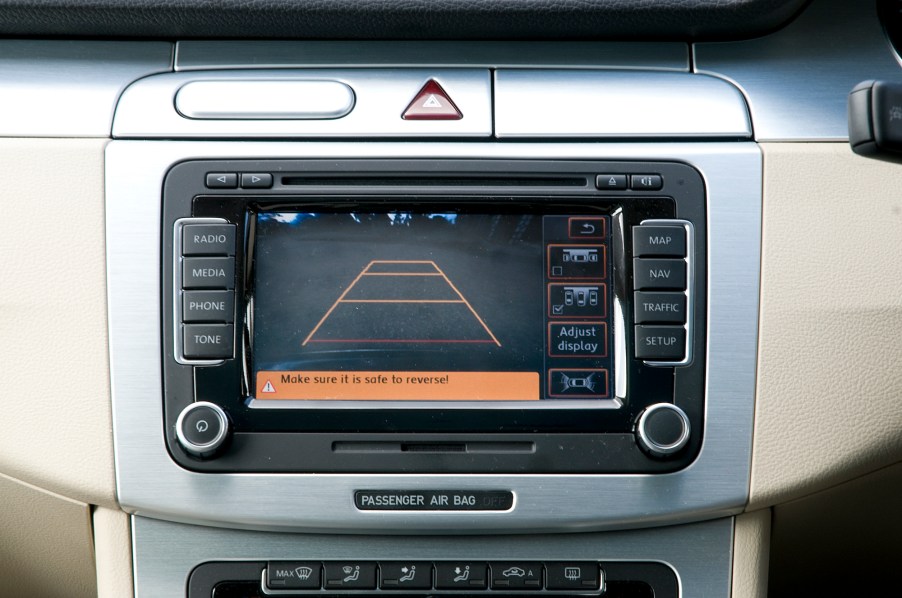
How Fast Can a Car Go in Reverse?
If you have ever seen the movie 2 Fast 2 Furious in which the film’s lead, Brian O’Connor (Paul Walker), drives a Mitsubishi EVO 7 in reverse while on the freeway, then you might have wondered if that’s even possible. After all, the cars in that movie are supposedly pushing high horsepower figures among other modifications. But apparently, driving a car in reverse at freeway speeds doesn’t have as much to do with how much power it has and more to do with its gear ratios and tire size.
Understanding gear ratios an important part of the equation

Before we can understand how fast a car can go in reverse, we must first understand what gear ratios are. Every car, whether it’s outfitted with an automatic or manual transmission, has a set of gears inside of it. And for every gear, there is a gear ratio or the ratio between the teeth on “drive gear” in the transmission in relation to the teeth on the “driven gear.”
Every gear in the transmission has both a drive gear and a driven gear or, technically speaking, one gear on the input shaft and another on the output shaft, which mesh together. Drive Tribe explains this very well in the video below, but we’ll try and sum it up for you.
To use their example, the EVO 7 has a first gear with 14 teeth on the driving gear and 41 teeth on the driven gear. If you divide the driven gear number by the driving gear number, then you’ll get the gear ratio for that car’s first gear.
41/14 = 2.928
This means that for every 2.928 revolutions that the driving gear turns, the driven gear turns once. As you get higher in the gears, that ratio number begins to decrease. This means that the fifth gear in that set is 0.72, however, the lower number means that the car gets up to a higher speed.
Some simple algebra can solve the equation of driving in reverse
Don’t worry, we’re not going to inundate you with any crazy equations that might trigger your PTSD from when you took algebra high school. Instead, we’ll break down how fast a car can drive in reverse with just a few simple factors.
In order to find out how fast any car can go in reverse, you’ll need the following factors:
- All of the gear ratios in the transmission
- Circumference of the wheels
- Engine’s rev limit
We’ll stick with Drive Tribe’s example since it’s easier to understand. Basically, if you want to find out how fast you can drive in each gear, then you’ll need to multiply that gear ratio by the final drive ratio (the gearing in the differential).
Next, you’ll need to find the circumference of the wheel. In the EVO 7’s case, it would be roughly 22 inches, which you then multiply by Pi (3.14).
Lastly, you’ll need the engine’s rev limit, which is 8,000 rpm for the EVO 7. And when you plug all of these numbers into the equation, you’ll get the maximum speed in each gear:

Since the EVO 7 has a reverse gear ratio of 3.416, you’ll get a maximum speed of 35.56 mph. As you can see, that’s hardly enough speed to drive on a highway in reverse at a manageable pace.
Gearing matters more than power
As we can see, this little math session has shown us that driving a car at its top speed in reverse doesn’t depend on the car’s power. Instead, it mainly matters how much of a reverse gear ratio you have to use. One YouTuber proved this as well when he filmed himself topping out a Ford Fusion in reverse and getting up to 38 mph, only to do the test again in a 500-hp Mercedes and receiving the same results.



